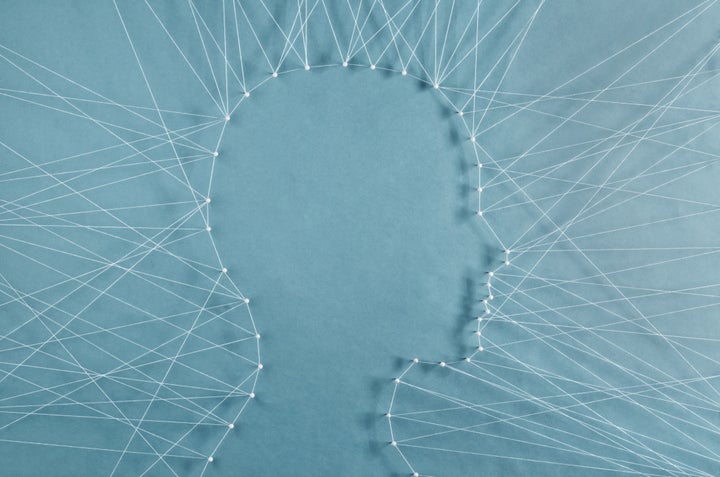
Our personal space guides our hands when we reach out, causes us to duck when objects hurtle towards us and makes us acutely aware of the world around us. And now, for the first time, scientists have found a way to help us feel it.
Researchers at the Karolinska Institute in Stockholm have tweaked a well-known experiment called the rubber hand illusion for a study published in the journal Cognition. In the classic version, participants are shown a fake rubber hand while their own hand is hidden behind a screen. After a few minutes of simultaneous stroking of both the real and fake hands, the person’s brain starts to believe that the fake hand is actually their own. Here’s the proof:
In the new study, which involved 101 adults, scientists repeated the test but applied brushstrokes in mid-air above the fake hand, rather than touching it. As in the classic experiment, participants start to believe that the fake hand is their own. But in this version, they also started to sense what feels like a “force field” between the brush and the rubber hand.
“We can elicit this bizarre sensation of there actually being something in mid-air between the brush and the rubber hand,” Arvid Guterstam of the Karolinska Institute, a co-author of the study, told New Scientist.
According to the study, the sensation continues as far as 15 inches above the rubber hand, which indicates the size of what scientists of our “peripersonal space”.
Neuroscientific evidence of the phenomenon first emerged in the late 1990s in animal studies. Princeton University’s Michael Graziano recorded the electrical activity of neurons in the parietal and frontal lobes of the brains of monkeys. They found that some neurons fired not just when they were touched by an object but also when it came near them.
Graziano continued his experiments into the early 2000s, discovering that electrically stimulating certain neurons would induce a coordinated behaviour that resembled ducking or blocking.
Graziano explained that the primary function of peripersonal space is defense, enabling us to quickly detect nearby danger. But it also helps us navigate a crowded shopping centre or find a seat on a packed train without bumping into people. Graziano told the Huffington Post US: “We now understand these peripersonal space neurons are important in monitoring the margin of safety around the body.”
“The space around the body is processed like a jello mold. Like a thick layer of space around the body, deforming and moving as the limbs move,” Graziano said.
The experiment has never been repeated in humans, but neuroscientists believe there is evidence to suggest that certain parts of the brain deal with peripersonal space. People who suffer strokes in the right posterior parietal lobe, for example, can’t detect peripersonal stimuli on the left side of their bodies.
“These people have no trouble processing distant space, but lose a sense of peripersonal space,” Graziano said.
Graziano suggests that this dynamic force field might also be extended to other objects, including bikes, cars and clothing.
Story by: Oscar Williams
